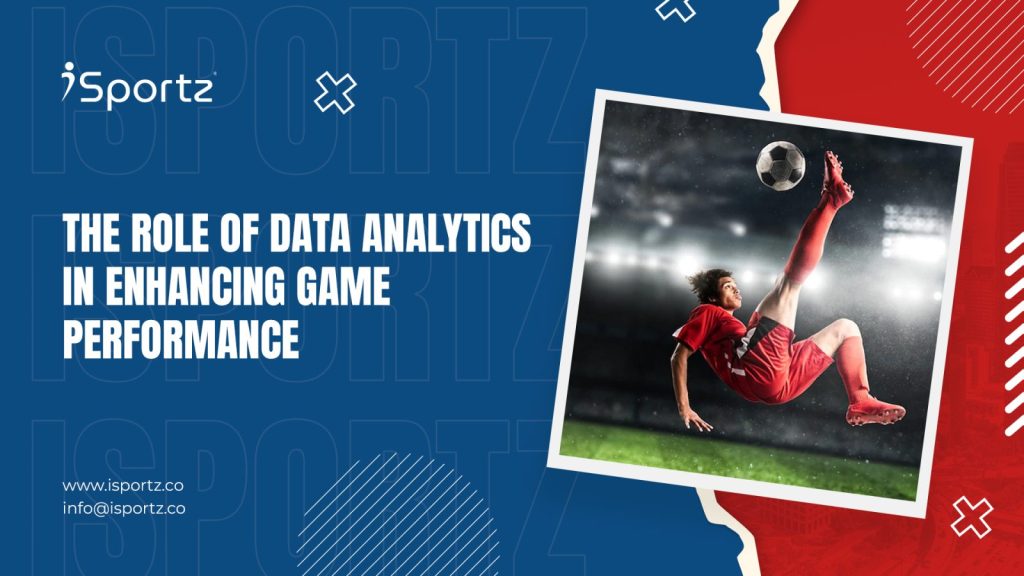Data analytics has enormous potential in many industries but scores major points in sports. Sports analytics can assist coaches, players, front offices, and businesses in scoring touchdowns, signing contracts, preventing injuries, and increasing fan and sponsor engagement.
Data analytics can be used to enhance the sports experience. Instead of relying on intuition, experience, and anecdotes, sports participants and enthusiasts can examine data to assist with all aspects of the game, from player development to fan engagement.
Prediction and Strategy
When gaining a competitive edge, an athlete must know his/her strengths and weaknesses. Many teams and clubs depend on analysis and reporting tools to help them interpret and analyze statistics gleaned from practices and games.
Data analysis in sports helps teams to get valuable information to practice and enhance the performance of the team. As technology and resources are progressing for data collection, teams are looking for a competitive advantage against their opponents. Sports analytics is used by teams to help them tackle their challenges, from the most basic to complex.
Improve Athlete and Team Performance
Athletes and coaches use data to enhance their team performance. Teams can better gauge their competition and tailor their strategy with season-long data and insights.
Dynamic reporting tools help to improve overall performance by predicting better body conditioning of athletes. Analytical data is crucial when evaluating the opposition. This data allows teams to predict how the opposition will prepare for matches and in-game situations.
Prevent Injuries
Injuries have both direct and indirect financial consequences. When a player gets hurt, the team has to do more than just provide medical care; they also have to compensate the player financially and reevaluate their strategy. Data is compiled from different sources, such as training sessions, physical fitness tests, matches, demographics, and location.
Analytics identifies injury risks and allows for customized health and training programs for players. Mathematical models extrapolate patterns to predict injuries and prevent them.
Choosing the Right Athlete
When a team invests heavily in choosing an athlete, they need data to justify it. Using data, smaller teams compete with the bigger ones by buying the right players. To make their predictions right, scouts collect game logs and feed them into Machine Learning programs.
Using text-based sports data analytics and predictive modeling, scouts determine if an athlete fits the team. Finding the right athletes help to get the best team composition without overspending on recruitment.
Fan Engagement
Social media, the internet, the stadium, and other channels can provide fan-based analytics. By combining this data, sports teams can better understand how fans interact with the sport and brand. With this information, sports teams and organizations can devise better strategies that fit their objectives and cater to their fan base exactly how and when they want.
Analysis of fan data helps to better understand fans’ habits and preferences by creating detailed fan profiles and developing customized marketing and communication campaigns.
Conclusion
The majority of sports organizations today have an enormous volume of data. Creating reports from scratch for such data is a complex process requiring a significant number of resources. Sports organizations can utilize an integrated sports management SaaS platform that offers dynamic analytics and reporting tools for gaining game insights and enhancing athlete and team performance.




